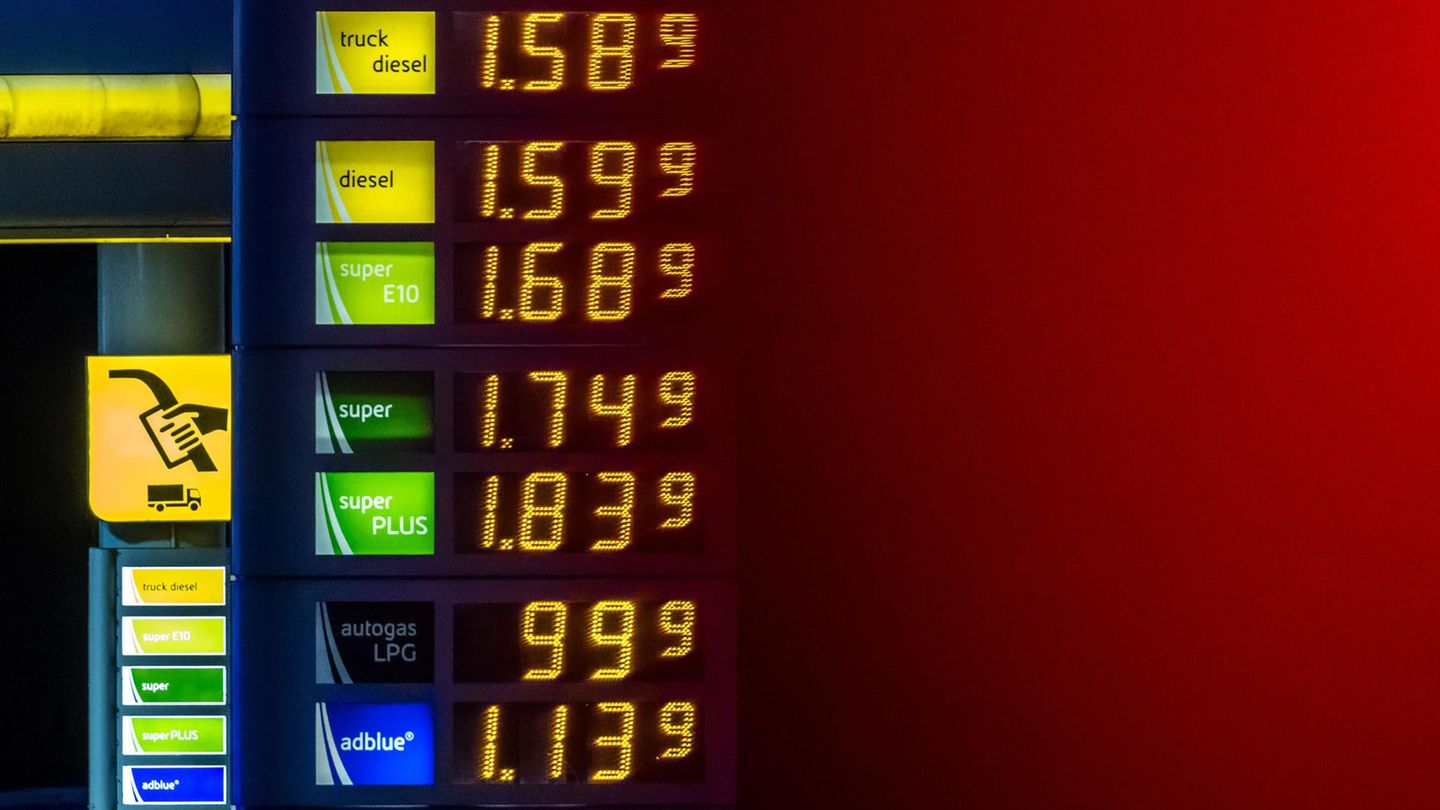He dollar continues with its ups and downs during August, although without large increases that allow us to see a recovery of the misalignment of the exchange rate that the US currency has in Uruguay and that harms, mainly, the exporting sectors due to the loss of competitiveness.
yesterday’s day, the dollar closed at 37,815 pesos, according to the official price of the Central Bank of Uruguay (BCU), once again moving away from the 38-peso range after a slight drop of 0.06% compared to Friday’s close, which had risen. Even so, the currency accumulates a positive balance of 1.03% so far this month, eight days after the end of August. Of course, if we look at July’s performance, this positive variation could end up being neutral and even negative.
The low interest rates benchmarks that the BCU carried out last week appear not to have had a great effect on balancing the exchange rate delay experienced by the country —at least 17%, as they understand from the Chamber of Industries of Uruguay (CIU) recognized by the government—, despite having cut 75 basis points in the Monetary Policy Rate (MPR)taking it from 10.75% to 10%.
The projections of new falls in the short term did not have a positive impact on the value of the dollar either, which began the month with a significant increase and had another momentary boost with the results of the elections. Simultaneous and Compulsory Open Primary (PASO) in Argentina, dragged down by the strong rise in the blue dollar in the neighboring country.
Meanwhile, the BCU lowered its projections in its last Economic Expectations Survey and reported that market agents expect the dollar to close 2023 at 39.61 pesos on average, which would imply an increase of 4.75% for the end of the calendar year.
A dollar in tune with anti-inflationary policies
Despite the multiple claims from exporting sectorswhich increasingly see their business margins limited due to the strengthening of the peso and the devaluation of the dollar which, in international markets, increase the costs of operations and minimize the gains from the exchange rate, the government would not have too many intentions of the US currency rising well above its current values.
This is due to the fact that the Executive Power “has a plan that is aligned with a dollar that does not rise much in value, because the inflation projections made, highly influenced by the value of the dollar in the country, are consistent with a ‘ironing’ dollar”, he explained Ignacio Munyo, director of Center for the Study of Economic and Social Reality (Ceres)to Scope.com.
In this sense, from the institute they estimate that inflation in Uruguay could close the year within the target range of the BCU, as long as the dollar does not exceed 38.5 pesos. “If the dollar closed the year at 42.5 pesos, which is the value that was expected a year ago, inflation would be 8.5%, well above the target range. They go hand in hand. If there is a clear policy to keep inflation within the range, it is functional for the dollar to remain ironed,” Munyo said in this regard.
Source: Ambito




